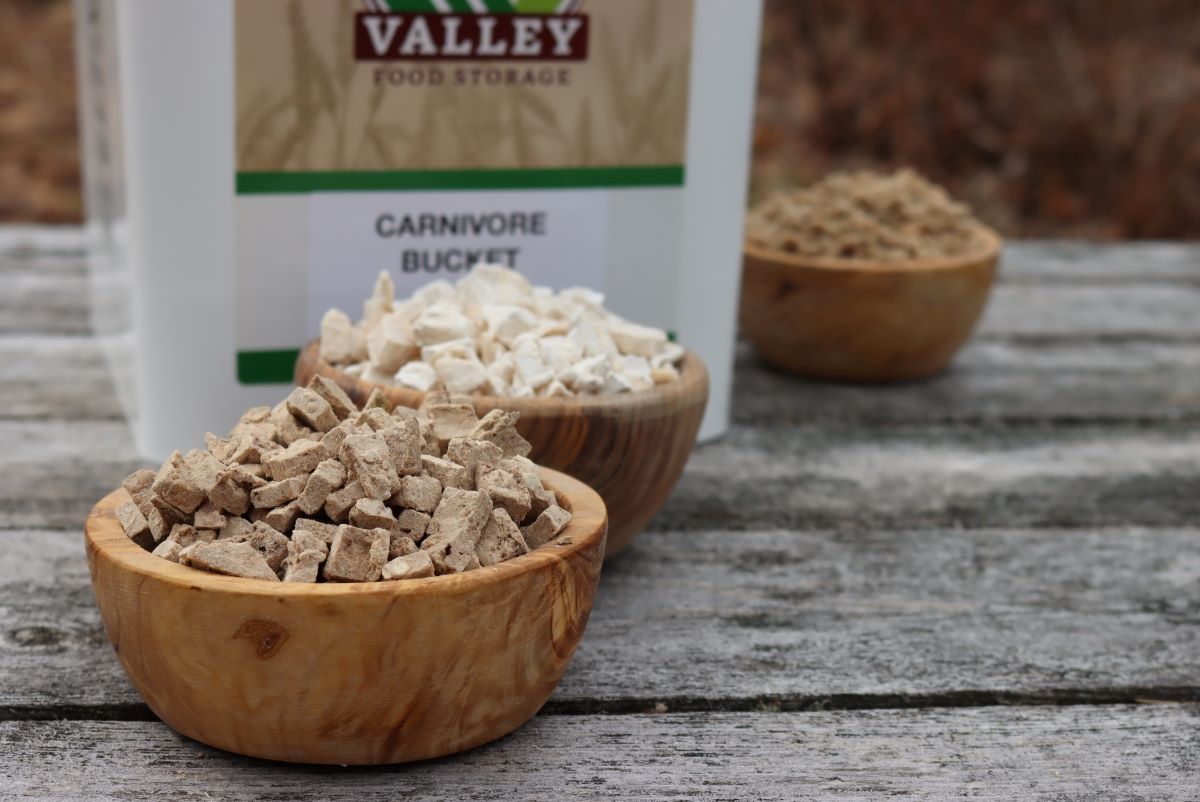

Articles
How To Store Freeze Dried Meat
Modified: August 27, 2024
Learn the best techniques for storing freeze-dried meat in this helpful collection of articles. Store your meat properly to maintain freshness and flavor.
(Many of the links in this article redirect to a specific reviewed product. Your purchase of these products through affiliate links helps to generate commission for Storables.com, at no extra cost. Learn more)
Introduction
Freeze dried meat is an excellent option for those who want to store meat long-term without sacrificing its quality and nutritional value. Through the freeze drying process, moisture is removed from the meat while retaining its flavor, texture, and nutrients. This preservation method not only extends the shelf life of the meat but also makes it convenient to use in various recipes.
In this article, we will explore the benefits of freeze dried meat and guide you on how to properly store and prepare it. We will also provide valuable tips for long-term storage and share some ways to use it in delicious recipes. So, if you’re interested in learning more about freeze dried meat and how to incorporate it into your meal planning, keep reading!
Key Takeaways:
- Freeze dried meat offers extended shelf life, preserved nutrition, and convenience. Choose airtight packaging, store in cool, dark places, and rehydrate for versatile meal options.
- Properly prepare, label, and store freeze dried meat for long-term use. Utilize high-quality meat, airtight packaging, and rotation to ensure freshness and flavor.
Read more: How To Store Freeze Dried Candy
Benefits of Freeze Dried Meat
Freeze dried meat offers numerous benefits that make it an attractive option for those looking for long-term storage solutions or convenient meal planning. Here are some of the key benefits:
- Extended Shelf Life: One of the major advantages of freeze drying is the significant increase in shelf life. Freeze dried meat can last up to 25 years if properly stored, making it an excellent choice for emergency preparedness or long-term food storage.
- Nutritional Value Preservation: The freeze drying process allows the meat to retain its nutritional value. Unlike other preservation methods, freeze drying does not involve high temperatures that can degrade the protein, vitamins, and minerals present in the meat.
- Lightweight and Portable: Freeze dried meat is lightweight and compact, making it ideal for camping, hiking, or any outdoor activities where carrying bulkier food items may not be practical. It is also a great option for backpacking trips, as it allows you to bring a reliable source of protein without the need for refrigeration.
- Convenient and Easy to Use: Freeze dried meat is incredibly convenient to use, as it does not require any thawing or cooking. It can be rehydrated quickly and added to a variety of recipes, including soups, stews, casseroles, and more. This saves time in the kitchen, especially during busy days or when you need a quick and nutritious meal.
- Minimal Space Required: Unlike fresh or frozen meat, freeze dried meat takes up minimal space. It can be stored in compact pouches or containers, freeing up valuable space in your pantry or freezer. This makes it an excellent option for those with limited storage space.
Overall, freeze dried meat provides a convenient, long-lasting, and nutritionally rich protein source that can be easily incorporated into your daily meals or emergency food supplies. Its versatility and practicality make it a valuable addition to any pantry or outdoor adventure.
Choosing the Right Packaging for Freeze Dried Meat
The choice of packaging plays a crucial role in ensuring the longevity and quality of freeze dried meat. Here are some factors to consider when selecting the right packaging:
- Airtight and Moisture-Resistant: The packaging should be airtight and moisture-resistant to prevent the reabsorption of moisture, which can lead to spoilage or degradation of the meat. Look for packaging options that provide a strong barrier against oxygen and humidity to maintain the integrity of the freeze dried meat.
- Durable and Puncture-Proof: Opt for packaging materials that are durable and can withstand potential punctures or tears. This will protect the freeze dried meat from exposure to air, moisture, and potential contaminants.
- Transparent and UV-Resistant: Transparent packaging allows you to easily see the contents without having to open or unpack them. Additionally, UV-resistant packaging helps to protect the freeze dried meat from harmful light rays that can degrade its quality and nutritional value over time.
- Space-Efficient: Choose packaging that is compact and takes up minimal space. This will make storage more efficient and allow you to maximize the available space in your pantry or storage area.
- Food-Grade and BPA-Free: Ensure that the packaging materials used are food-grade and free from any harmful chemicals, such as Bisphenol A (BPA). This will ensure the safety and quality of the freeze dried meat and prevent any potential contamination.
When it comes to packaging options, there are several choices to consider. Some common options for freeze dried meat include pouches, cans, and mylar bags. Each has its advantages, so make sure to choose the one that best fits your needs and preferences.
It’s worth mentioning that proper labeling of the packaging is also important. Include information such as the date of packaging, type of meat, and any additional instructions or warnings. This will help you keep track of the freshness of the freeze dried meat and ensure you use it in a timely manner.
By choosing the right packaging for your freeze dried meat, you can ensure its long-term storage and maintain its quality and taste for years to come.
Proper Preparation Before Storing Freeze Dried Meat
Before you begin storing your freeze dried meat, it is important to take a few preparatory steps to ensure its longevity and quality. Here are some guidelines to follow:
- Inspect for Quality: Before storing, carefully inspect the freeze dried meat for any signs of damage or spoilage. Make sure there are no visible signs of discoloration, mold, or off-putting odors. If you notice any abnormalities, discard the meat as it may not be safe for consumption.
- Ensure Dryness: Moisture is the enemy when it comes to preserving freeze dried meat. Before packaging, ensure that the meat is completely dry. If you notice any residual moisture, you can gently pat it dry with a paper towel. Any moisture left on the meat can lead to the growth of bacteria and spoilage.
- Use Oxygen Absorbers: To further prolong the shelf life of freeze dried meat, consider using oxygen absorbers in the packaging. Oxygen absorbers help remove any lingering oxygen, preventing oxidation and the growth of aerobic bacteria. Follow the manufacturer’s instructions for the appropriate usage and quantity of oxygen absorbers.
- Label and Date: Properly label each package of freeze dried meat with the date of packaging. This will help you keep track of its freshness and ensure you rotate your stockpile accordingly. Additionally, noting the type of meat can be helpful when planning meals or accommodating dietary restrictions.
- Packaging Method: Choose the appropriate packaging method for your freeze dried meat. Depending on personal preference and the quantity of meat being stored, options such as pouches, cans, or mylar bags are commonly used. Ensure the packaging is sealed tightly to prevent any air or moisture from entering.
- Store in a Cool, Dry, and Dark Place: Once properly prepared and packaged, store the freeze dried meat in a cool, dry, and dark place. Temperature fluctuations and exposure to light can affect the quality and shelf life of the meat. The ideal storage temperature is around 50-60 degrees Fahrenheit (10-15 degrees Celsius).
By following these preparatory steps, you can ensure that your freeze dried meat is in optimal condition for long-term storage. Proper preparation is essential in maintaining the quality and taste of the meat, allowing you to enjoy it for an extended period of time.
Best Storage Conditions for Freeze Dried Meat
Proper storage conditions are crucial for maintaining the quality, flavor, and nutritional value of freeze dried meat. Follow these guidelines to ensure the best storage conditions:
- Cool Temperature: Freeze dried meat should be stored in a cool environment. The ideal temperature range is between 50-60 degrees Fahrenheit (10-15 degrees Celsius). Avoid exposing the meat to high temperatures, as it can lead to spoilage and degradation of the product.
- Dry Environment: Moisture is one of the biggest enemies of freeze dried meat. To prevent moisture absorption, store the meat in a dry environment. Avoid areas with high humidity, such as basements or areas near water sources. Moisture can cause the freeze dried meat to rehydrate and spoil.
- Avoid Light Exposure: Light exposure can degrade the quality of freeze dried meat over time. Store the meat in a dark place or use opaque packaging to shield it from light. This will help preserve the color, flavor, and nutritional properties of the meat.
- Avoid Oxygen Exposure: Oxygen exposure can lead to oxidation, causing the freeze dried meat to lose its flavor and nutritional value. Choose packaging that provides airtight seals to minimize oxygen exposure. Additionally, using oxygen absorbers can help remove any residual oxygen in the packaging.
- Minimize Temperature Fluctuations: Frequent temperature fluctuations can impact the quality of freeze dried meat. Avoid storing the meat in areas that experience significant temperature variations, such as near heating or cooling vents. Stable temperatures help maintain the integrity of the meat and extend its shelf life.
- Keep Away from Strong Odors: Freeze dried meat has the ability to absorb odors from its surroundings. To prevent any flavor contamination, store the meat away from strong-smelling substances such as cleaning chemicals, spices, or other food items with potent smells.
- Regularly Rotate Stock: To ensure the freshness of your freeze dried meat, practice a first-in, first-out (FIFO) system by regularly rotating your stock. Use the oldest packages of meat first and replace them with freshly freeze dried ones. This way, you can enjoy the meat at its peak quality.
By adhering to these best storage conditions, you can maximize the shelf life and maintain the quality of freeze dried meat. This will ensure that your supply remains delicious, nutritious, and ready to use whenever you need it.
Store freeze-dried meat in airtight containers or Mylar bags with oxygen absorbers to prevent moisture and air exposure. Keep in a cool, dark place for long-term storage.
Read more: How To Store Freeze Dried Food
Tips for Long-Term Storage of Freeze Dried Meat
Proper long-term storage of freeze dried meat is essential to ensure its quality and longevity. Follow these tips to maximize the shelf life of your freeze dried meat:
- Choose High-Quality Freeze Dried Meat: Start with high-quality freeze dried meat from reputable sources. Quality meat will have better taste, texture, and nutritional value, and it will also store well for longer durations.
- Utilize Mylar Bags: Consider using Mylar bags for packaging freeze dried meat. Mylar is a durable, moisture-resistant material that provides an additional layer of protection against oxygen and humidity. When properly sealed, it can greatly extend the shelf life of the meat.
- Add Oxygen Absorbers: Insert oxygen absorbers into the packaging before sealing. These absorbers remove any residual oxygen, further preventing oxidation and spoilage of the meat.
- Vacuum Sealing: If possible, use a vacuum sealer to remove as much air as possible from the packaging. Vacuum sealing helps to preserve the quality of the freeze dried meat by minimizing oxygen exposure and reducing the risk of moisture absorption.
- Store in airtight containers: If you’re using containers instead of bags, ensure they are airtight to prevent any air or moisture from entering. Mason jars or airtight food-grade plastic containers with tight-fitting lids can be excellent options for storing freeze dried meat.
- Label and Date: Properly label each package or container with the date of packaging and a clear description of the contents. This will help you keep track of the freshness of the meat and ensure you rotate your stock accordingly.
- Store in a Dark and Cool Place: Find a cool, dark, and dry location to store your freeze dried meat. Avoid areas with high temperatures, fluctuating humidity levels, or direct sunlight. A pantry or storage area away from heat sources is ideal for long-term storage.
- Keep Away from Pests: Protect your freeze dried meat from potential pests such as rodents and insects. Ensure the storage area is clean and free from any potential entry points. Consider using pest prevention methods such as traps or deterrents to avoid any contamination.
- Regularly Inspect and Rotate Stock: Periodically check your freeze dried meat for signs of spoilage, such as discoloration, foul odor, or unusual textures. If you notice any abnormalities, discard the affected packages. Additionally, rotate your stock by using the oldest packages first and replacing them with newly freeze dried meat.
By following these tips, you can ensure the long-term storage of your freeze dried meat, maintaining its quality, flavor, and nutritional value for extended periods. This will provide you with a reliable source of protein whenever you need it, whether for emergencies, outdoor adventures, or everyday meal planning.
Using Freeze Dried Meat in Recipes
Freeze dried meat is incredibly versatile and can be used in a wide variety of delicious recipes. Here are some creative ways to incorporate freeze dried meat into your meals:
- Soups and Stews: Add freeze dried meat to your favorite soup or stew recipes for an extra protein boost and savory flavor. Simply rehydrate the meat before adding it to the simmering broth, and let it cook along with the other ingredients until it reaches the desired tenderness.
- Pasta Dishes: Sprinkle crumbled freeze dried meat over pasta dishes like spaghetti, mac and cheese, or lasagna for added texture and flavor. You can also rehydrate larger pieces of meat and toss with pasta, sauce, and vegetables for a hearty and satisfying meal.
- Salads and Wraps: Enhance your salads or wraps by crumbling freeze dried meat over them. This adds a delicious crunch and protein-packed element to your greens, making your meal more filling and satisfying.
- Casseroles and Baked Dishes: Incorporate freeze dried meat into casseroles, quiches, or baked dishes for a protein-rich twist. Rehydrate the meat and mix it with other ingredients before baking, ensuring that it cooks and melds its flavors with the rest of the dish.
- Trail Mix and Snacks: Create your own customized trail mix by adding freeze dried meat to a mix of nuts, dried fruits, and seeds. This will provide a savory and protein-heavy addition to your on-the-go snacks.
- Pizza Toppings: Sprinkle rehydrated freeze-dried meat over your homemade or store-bought pizza for a flavorful and protein-packed topping. Combine it with your favorite veggies and cheese for a satisfying and well-balanced meal.
- Omelets and Breakfast Skillets: Rehydrate freeze dried meat and add it to your breakfast dishes. Whether in omelets, breakfast skillets, or scrambled eggs, freeze dried meat adds a savory twist that can kick-start your day with added protein.
- Sandwich Fillings: Use freeze dried meat as a convenient and protein-rich filling for sandwiches or wraps. Simply rehydrate the meat and layer it with your favorite vegetables, condiments, and bread for a quick and satisfying meal.
The possibilities are endless when it comes to using freeze dried meat in recipes. Whether you’re looking to enhance the flavor of your favorite dishes or add a protein boost to your meals, freeze dried meat offers a versatile and convenient option for incorporating into your cooking.
Rehydrating Freeze Dried Meat
Rehydrating freeze dried meat is a simple process that allows you to restore its texture and juiciness before using it in your favorite recipes. Here’s a step-by-step guide on how to rehydrate freeze dried meat:
- Measure the Amount: Determine the amount of freeze dried meat you need for your recipe. Remember that freeze dried meat expands when rehydrated, so keep this in mind when measuring the quantity.
- Choose a Rehydration Method: There are a few different methods you can use to rehydrate freeze dried meat, depending on your preference and the recipe requirements:
- Hot Water Method: Place the desired amount of freeze dried meat in a bowl and cover it with boiling water. Use enough water to fully submerge the meat. Let the meat soak for about 5-10 minutes, or until it becomes plump and tender. Drain any excess water before using the rehydrated meat.
- Cold Water Method: Put the freeze dried meat in a bowl and cover it with cold water. Allow it to soak for about 30 minutes, or until it becomes fully rehydrated and tender. Drain any excess water before using.
- Cooking Method: If you’re incorporating the freeze dried meat into a recipe that involves cooking, you can add the freeze dried meat directly to the dish and let it rehydrate as it cooks.
- Monitor the Rehydration Process: While the meat is rehydrating, keep an eye on its texture. You want it to become tender and plump without becoming mushy. This may require some trial and error depending on the desired texture and the specific freeze dried meat you are using.
- Squeeze Out Excess Liquid: Once the freeze dried meat has finished rehydrating, gently squeeze out any excess liquid. This will help ensure that the meat is not overly waterlogged and retains its desired texture and flavor.
- Use in Recipes: Now that the freeze dried meat is rehydrated, it is ready to be used in your favorite recipes. Add it to soups, stews, casseroles, or any other dishes as directed. The rehydrated meat will impart its flavor and texture, enhancing your meals with its savory goodness.
Rehydrating freeze dried meat is a simple process that allows you to bring back its natural texture and taste. By following these steps, you can enjoy the convenience of freeze dried meat while still enjoying the satisfying mouthfeel and juiciness that rehydration provides.
Conclusion
Freeze dried meat is a versatile and convenient option for long-term storage and meal planning. With its extended shelf life, preserved nutritional value, and ease of use, freeze dried meat offers a range of benefits for both everyday cooking and emergency preparedness.
In this article, we explored the various benefits of freeze dried meat, including its extended shelf life, nutritional value preservation, lightweight portability, and convenience in meal preparation. We discussed the importance of choosing the right packaging, proper preparation, and the best storage conditions to ensure the quality and longevity of freeze dried meat.
We also provided tips for long-term storage, such as opting for high-quality freeze dried meat, utilizing airtight packaging, and ensuring proper labeling and rotation of stock. Additionally, we explored the versatility of freeze dried meat in recipes, including soups, salads, casseroles, and more.
Lastly, we discussed the rehydration process of freeze dried meat to restore its texture and juiciness before use. By following simple steps like measuring the quantity, choosing a rehydration method, monitoring the texture, and squeezing out excess liquid, you can seamlessly incorporate rehydrated freeze dried meat into your culinary creations.
Whether you’re preparing for outdoor adventures, emergencies, or simply looking for a convenient and nutritious protein source, freeze dried meat offers a reliable solution. Its ability to maintain flavor, texture, and nutritional value over extended periods makes it a valuable addition to any pantry or survival kit.
So, stock up on some high-quality freeze dried meat, choose the right packaging, store it properly, and explore the numerous delicious ways to incorporate it into your meals. Enjoy the convenience and peace of mind that freeze dried meat brings to your food storage and meal planning endeavors!
Frequently Asked Questions about How To Store Freeze Dried Meat
Was this page helpful?
At Storables.com, we guarantee accurate and reliable information. Our content, validated by Expert Board Contributors, is crafted following stringent Editorial Policies. We're committed to providing you with well-researched, expert-backed insights for all your informational needs.

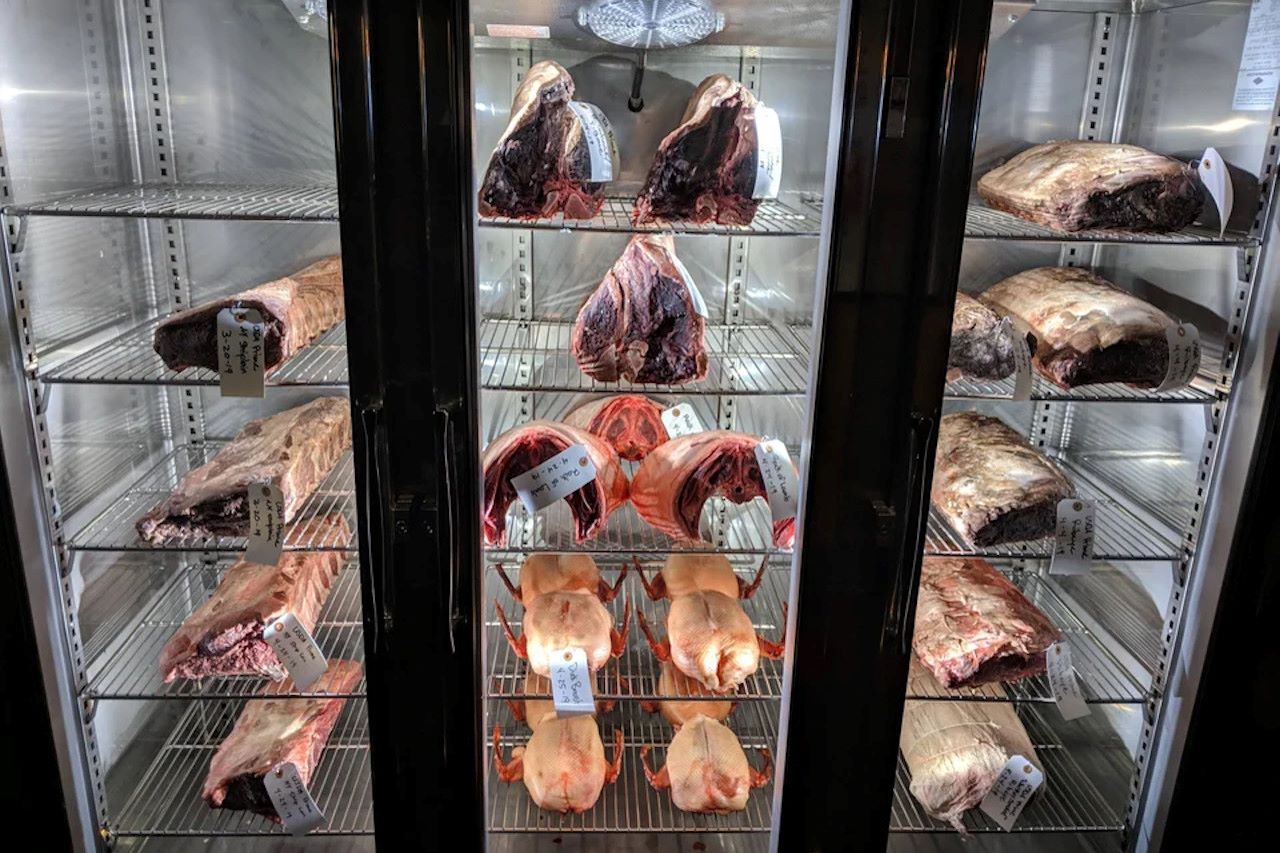

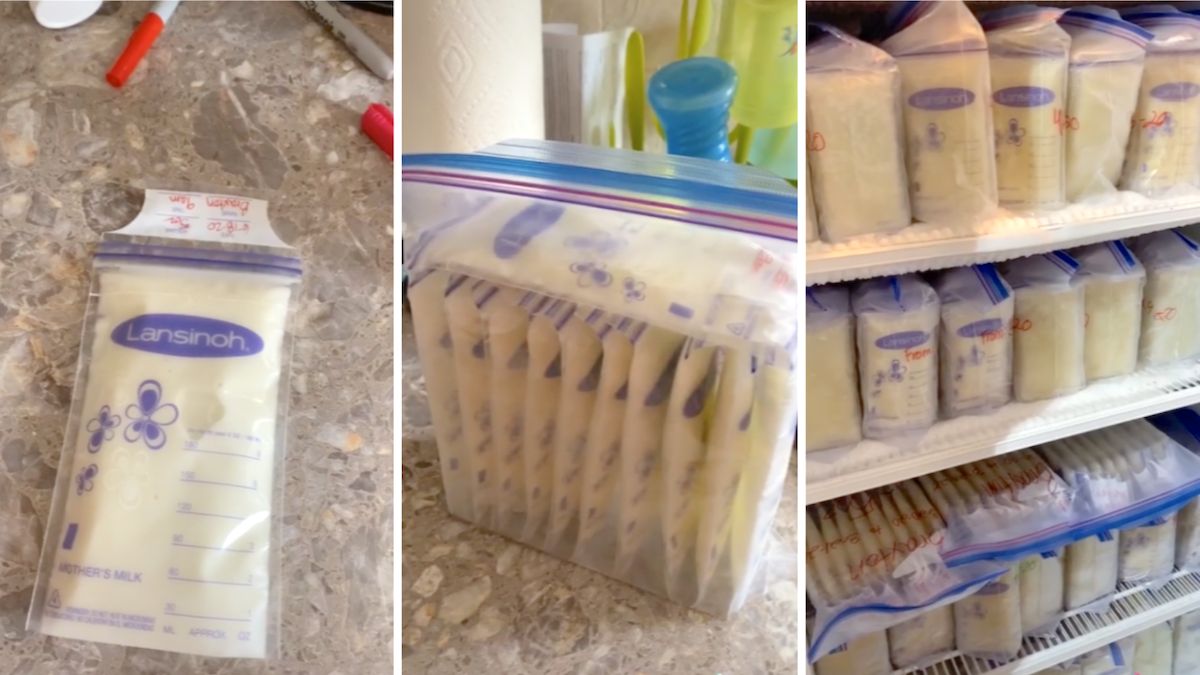
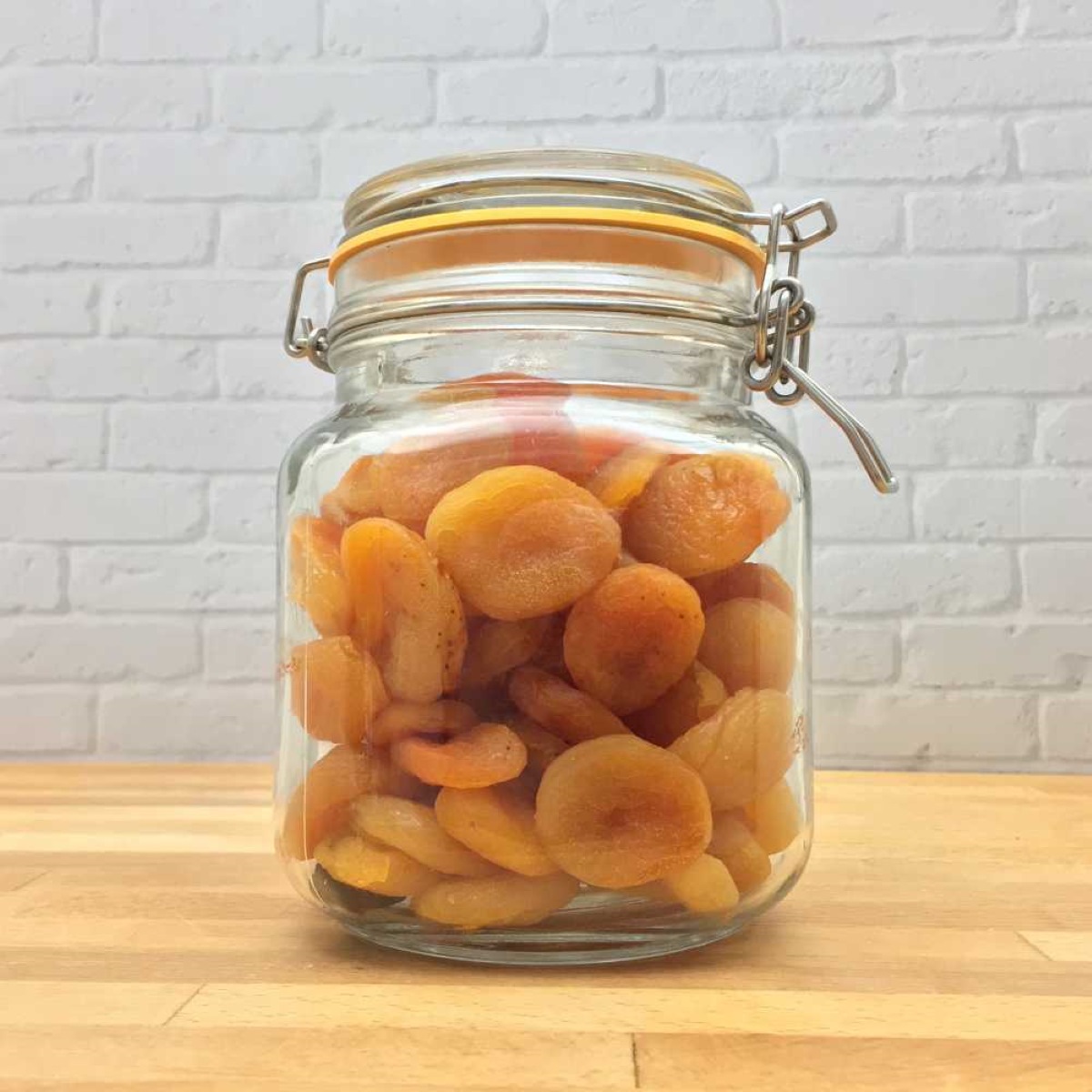




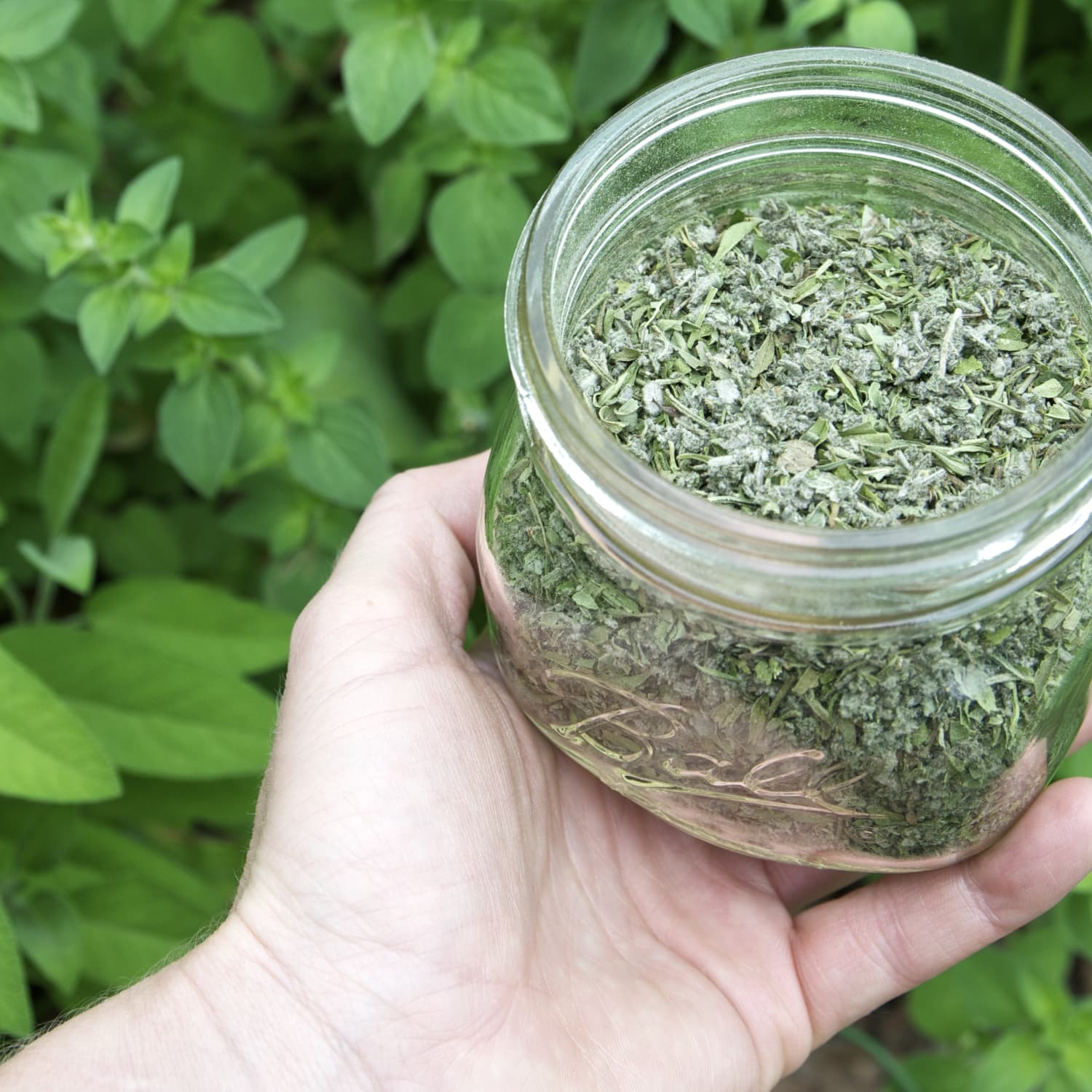





0 thoughts on “How To Store Freeze Dried Meat”